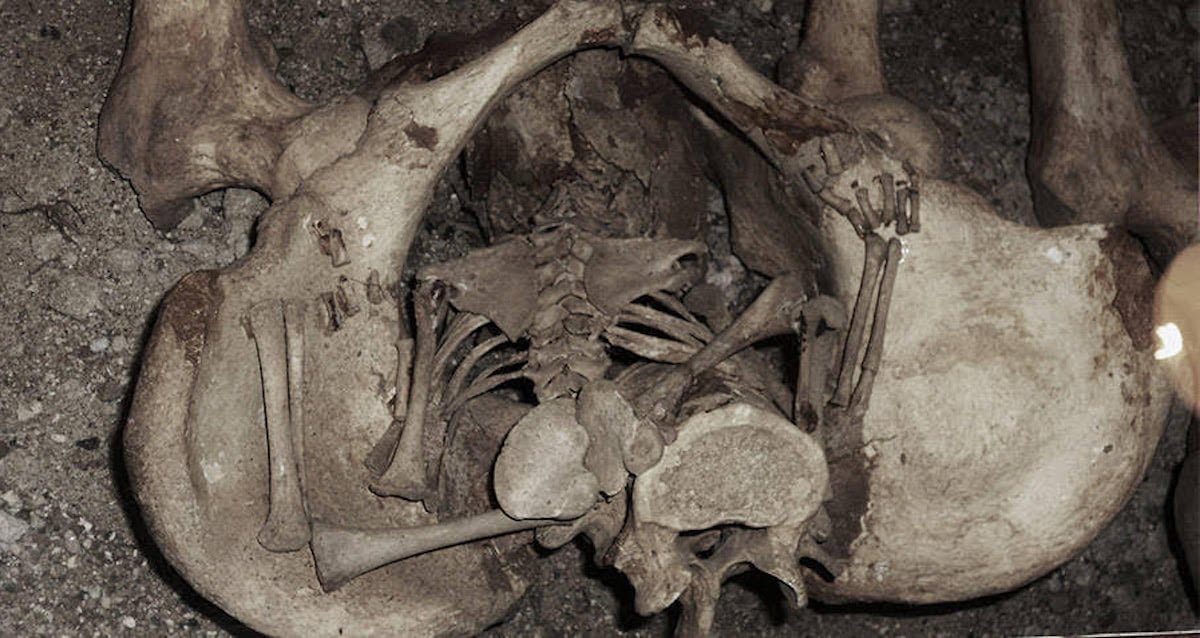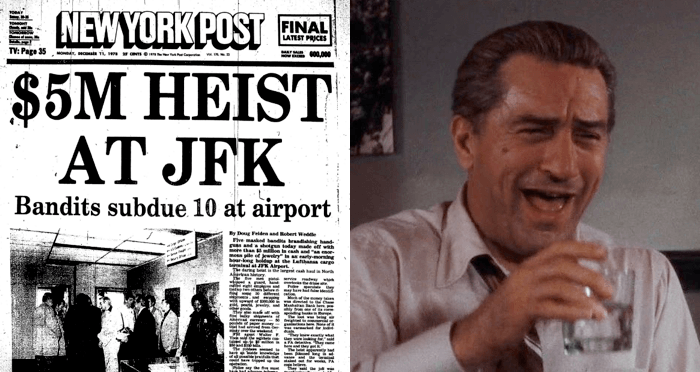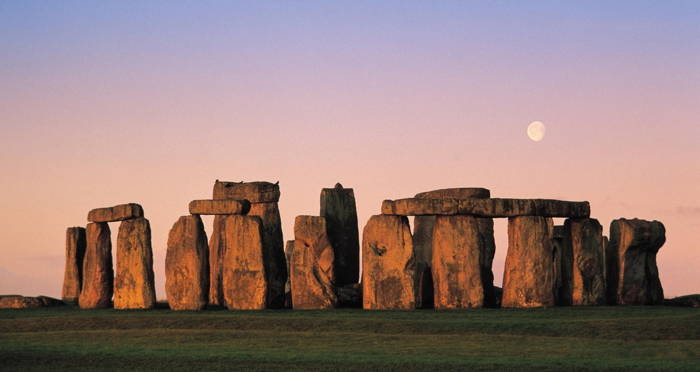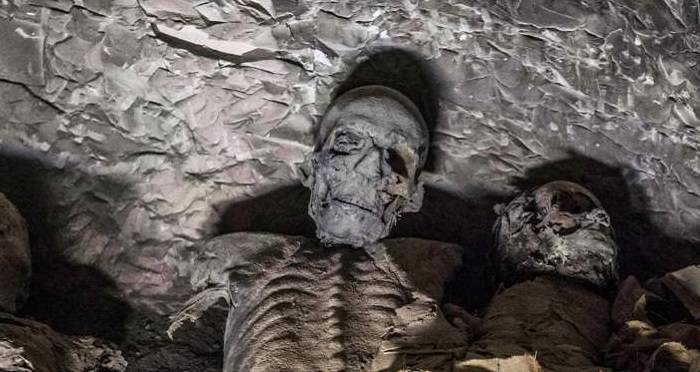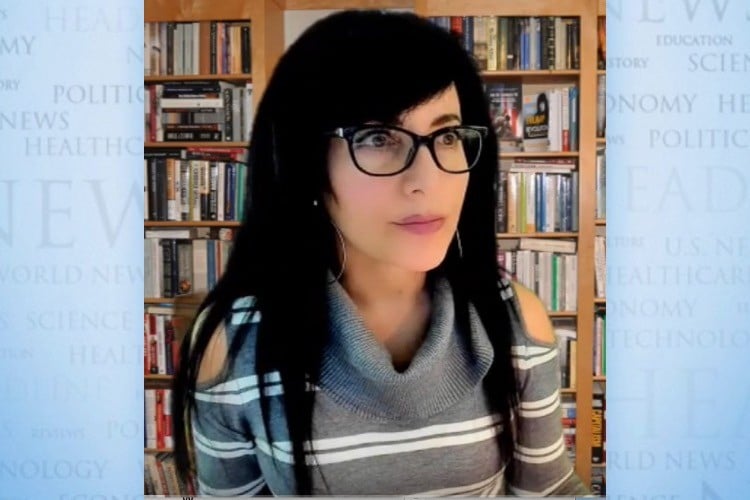
www.optimistdaily.com
Could injectable treatments help California’s homeless mental health patients?
In the ongoing fight against California’s interwoven homelessness and mental health crises, a novel tool is showing promise: long-acting injectable drugs. These monthly doses, which treat severe mental diseases such as schizophrenia, are having a huge impact on some of the state’s most vulnerable inhabitants.
On the front lines: street medicine teams
Dr. Rishi Patel, Akido Street Medicine’s medical director, navigates Kern County’s gravel roads and fields in search of a patient who is overdue for medication. The woman, who has suffered from schizophrenia and homelessness for five years has several objectives she wants to reach. Thinking more clearly, quitting meth, and getting an ID so she may visit her son in jail are among them. Patel believes that a long-acting antipsychotic medication will help her reach her goals.
“These shots have been an absolute game-changer,” Patel asserts. Street medicine teams like his bring these life-changing injections directly to their patients, whether they are in tents along Skid Row in Los Angeles, dugouts in the Central Valley, or stream banks in Shasta County. The medication, which is injected into the shoulder muscle, gradually releases over a month, assuring continuous treatment without the need for daily pills—an important benefit for the homeless, who frequently lose their medication or do not have access to a pharmacy.
The magnitude of the crisis
California’s homeless population is estimated to be over 180,000, making it the state with the most homeless people in the United States. A large proportion of these people suffer from severe mental health problems. According to a UCSF poll, 12 percent of homeless Californians had hallucinations in the previous month, and more than a quarter were hospitalized for mental health issues. The combination of homelessness and untreated psychosis produces a risky situation in which people may stray into traffic or put themselves in danger.
Transformational results
The major purpose of giving long-acting antipsychotic injections to homeless people is to stabilize their mental health, allowing them to access social services, sign up for benefits, and get on housing waiting lists. This method differs from other statutory provisions that require treatment through the courts; rather, it provides voluntary, instant aid in familiar settings. Dr. Coley King, head of homeless health care at the Venice Family Clinic, has seen tremendous changes: individuals who used to ramble incoherently now have conversations and leave the streets after receiving injections.
“It’s been pretty common that that’s the initiation of, ‘We’re going indoors,'” says King. However, the road is not without its hurdles. Follow-up is critical, and tracking patients who are always on the move can be challenging.
Challenges and controversies
Despite their benefits, injectable antipsychotics have several limits. They have the possibility of side effects, and patients cannot simply stop taking them if they experience any. Some patients are concerned about having a medicine in their system for a month, particularly those who suffer from healthcare paranoia.
Hospitals frequently prefer to discharge patients with oral drugs rather than injectables, which complicates the situation. Street medical teams must overcome these obstacles to provide effective treatment.
In Kern County, Patel is still having trouble finding patients for follow-up dosages. Recently, his crew was unable to locate a woman living in a plywood shanty after code enforcement cleared the area. “It’s worrying because I don’t know how she did on it,” Patel admits.
Who should prescribe antipsychotic injections?
A crucial aspect of administering these treatments involves who is qualified to prescribe and administer them. In most cases, general practitioners, not specially trained psychiatrists, administer antipsychotic doses in homeless encampments. This practice is partly due to a shortage of street psychiatrists, despite the growing popularity of street medicine. A recent USC paper underlines this disparity, emphasizing the scarcity of psychiatrists in the field.
“You look over your shoulder and there’s not a psychiatrist there helping you out,” King says. “And we want to meet the need. We want to take care of these patients. They’re really, really ill, they’re really disorganized, and suffering and dying on the streets.”
No legal constraints are stopping general practitioners from providing these injections, however, some healthcare experts believe that this obligation should be limited to psychiatric doctors. “These medications are in there for an extended period of time,” says Keri Weinstock, a mental nurse practitioner who practices street medicine in Shasta County. “They do come with risks. There are specialty things that come along with some of these specialty meds, and it’s a lot to learn when you have to know everything else, too.”
Some street doctors pursue extra psychiatric training, while others learn on the job, frequently with a psychiatrist on rapid dial for emergencies. “I don’t think it’s rocket science to diagnose schizophrenia, as long as we’ve done it with some thoughtfulness,” adds King. However, field diagnoses are not always easy. Patel points out that some people conceal their symptoms successfully, making it difficult to diagnose psychosis, or they may exhibit “negative symptoms,” such as excessive social isolation, rather than more obvious signals like hallucinations. In such circumstances, Patel seeks second opinions from psychologists.
Success stories and broader applications
The efficacy of these injectable therapy goes beyond antipsychotics. They also include long-acting injectable HIV drugs and addiction treatments such as Vivitrol, which decreases opiate and alcohol cravings.
One notable case is Ricardo “Ricky” Fonseca Jr., who has been homeless for two years and lives in a tent in Kern County. His life, plagued by voices and substance misuse, altered radically once he began receiving monthly Abilify shots. He now lives with a friend, is considering going back to school, and has stopped taking meth. “I can finally hear the birds and crickets,” Fonseca states. “I couldn’t hear them before.”
The goals of giving antipsychotic shots
The overarching purpose of providing long-acting antipsychotic injections is to stabilize homeless people’s mental health, allowing them to make sensible decisions and interact with support systems. By relieving psychotic symptoms, these injections allow patients to think properly and take steps to improve their situation. This stability is necessary for:
Engagement with social services: Clear thinking allows people to collaborate with social workers and negotiate bureaucratic systems.
Accessing benefits: Stabilized individuals can apply for and obtain essential benefits such as healthcare and housing assistance.
Improving health outcomes: The need for hospitalization and emergency medical interventions.
Reducing homelessness: By addressing mental health, these treatments can help people get off the streets and into stable housing.
As California grapples with homelessness, the use of long-acting injectable drugs presents a viable answer. These treatments, by stabilizing patients and allowing them to access services, have the potential to help more people transition off the streets and into stable living situations. While obstacles continue, success stories demonstrate the unique approach’s ability to alter people’s lives.The post Could injectable treatments help California’s homeless mental health patients? first appeared on The Optimist Daily: Making Solutions the News.












